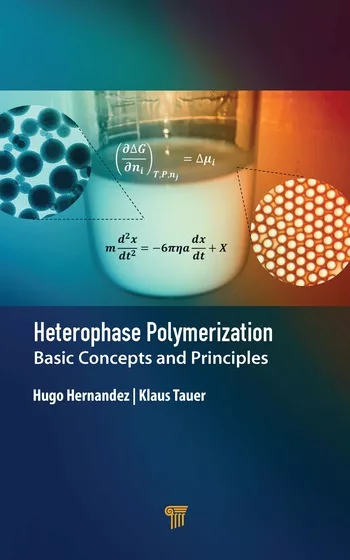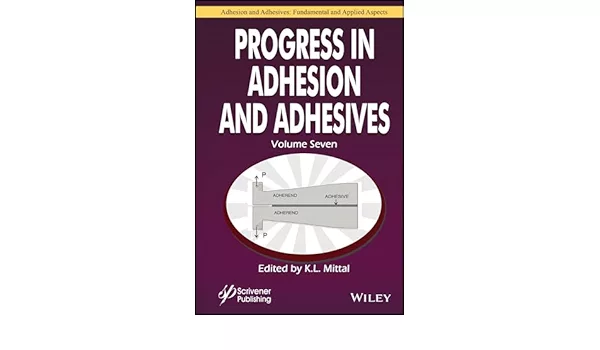Ask Dr. Dave
Question:
We are considering entering the manufacture of structural insulated panels. What adhesives can be used for these?Answer:
Structural insulated panels (SIPs) are a rapidly growing item in the construction industry worldwide because of their ability not only to insulate but also to allow very rapid construction of homes and commercial buildings, particularly when compared to traditional stick-and-frame construction methods. They normally comprise a “sandwich” of an expanded polystyrene core with faces of oriented strand board. Adhesives for bonding these panels must have high shear strengths and moisture resistance and meet rigid specifications established in the Uniform Building Code, the International Building Code, the International Residential Code or the National Building Code of Canada.
There are two types of adhesives used for bonding these panels. One option is a two-component latex adhesive that uses an isocyanate as a crosslinker. The other option is a one-component moisture-cured polyurethane. In this case, the adhesive is applied to the panels and then misted with water prior to assembly. There are currently only two approved suppliers of these adhesives.
Question:
We make industrial and consumer thermometers by bonding the glass capillary tube to cardstock using a two-part epoxy adhesive. The adhesive is mixed by hand and then placed into a syringe for application. This operation is very slow and wastes a lot of adhesive. Can you suggest a better adhesive that will speed up our assembly operation? We also would like to bond some thermometers, which are immersed continuously in water when in use, to a polyethylene backing.Answer:
I would suggest that you look at using a high-performance hot melt for bonding the tubes to the card stock. These will be much faster-setting than the epoxy. If you need higher temperature resistance, then a reactive hot melt urethane may be more suitable. These adhesives are applied just like a normal hot melt to give very fast fixturing, but then crosslink by reaction with atmospheric moisture to give very good heat resistance. For the application requiring bonding to polyethylene and immersion in water, you should consider using a methacrylate-based UV adhesive. This type of adhesive will give you fixturing and complete curing in less than a minute, and modern formulations should give you the required strength and water resistance.Question:
Can you explain the term “pressure sensitive” adhesive?Answer:
Pressure sensitive adhesives (usually referred to as PSAs) are defined as adhesives that when dried or fully cured are permanently tacky and will adhere to surfaces by the application of light pressure. The adhesives are applied to a carrier material with the most common form being tapes or labels. PSA products are different from other adhesives in that the adhesive manufacturer or converter does all the application and curing. The end user only has to take a tape, label or roll and place it in place without having to handle hazardous liquids or application and curing equipment.By controlling the amount of adhesion and cohesion (the strength of the adhesive itself), the products can be custom-designed for specific uses. For example, a PSA for a permanent label only needs good adhesive strength under the conditions of use, whereas a packaging tape, which can be under stress and exposed to high temperatures, needs both high adhesive and cohesive strength. A PSA for a protective film needs good cohesive strength, but the adhesive strength should remain low to enable the film to be removed without leaving adhesive residue on the surface.
PSAs are usually based on tackified rubbers, such as styrene-butadiene, or on acrylic copolymers. Modern manufacturing innovations involve applying the adhesives to the carrier material as hot melts or liquids that are UV-cured.
Looking for a reprint of this article?
From high-res PDFs to custom plaques, order your copy today!





